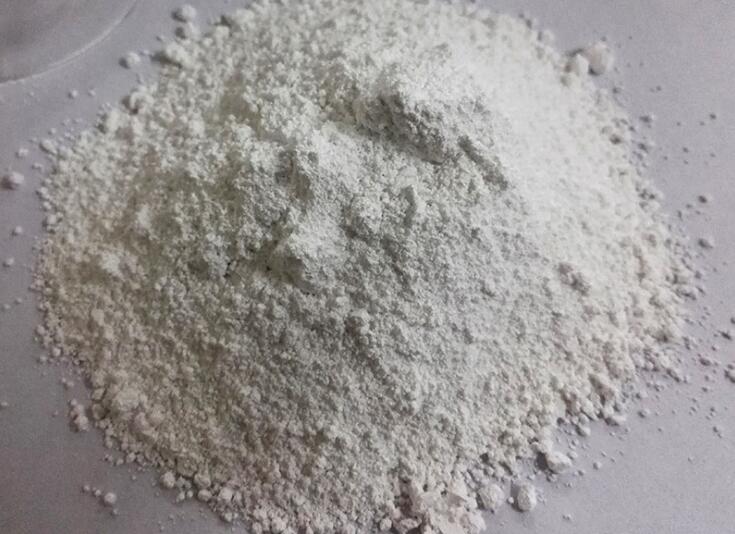Nano magnesium hydroxide: revolutionary improvement of flame retardant properties of polypropylene

In today's continuous pursuit of environmental protection and safety, the improvement of flame retardant properties of polypropylene (PP), a widely used plastic material, has become a hot research topic. Nanomagnesium hydroxide, with its unique loose structure and nanometer size, provides new possibilities for flame retardant modification of polypropylene. This article will explore the application of nanomagnesium hydroxide in polypropylene and how to optimize its flame retardant effect through surface modification technology.
Unique advantages of nano magnesium hydroxide
Nano-magnesium hydroxide has a higher specific surface area and better dispersion than traditional magnesium hydroxide due to its nano-level particle size and loose structure. The high specific surface area of this material helps to improve the flame retardant properties of polypropylene, while its loose structure is conducive to dispersion in the matrix material, thereby reducing agglomeration and improving the mechanical properties of the material.
The key role of surface modification technology
Surface modification is the key to improving the compatibility between nanomagnesium hydroxide and polypropylene. Through the treatment of modifiers such as stearic acid, the surface properties of nanomagnesium hydroxide are changed from hydrophilic and oleophobic to oleophilic and hydrophobic, significantly improving its dispersion in the polypropylene matrix. This modification not only enhances the flame retardant properties of the composite material, but also improves the material's mechanical properties by increasing the impact strength.
Flame retardant effect of modified nanomagnesium hydroxide
Experiments have shown that nanomagnesium hydroxide treated with optimal modification conditions (modification time of 90 minutes, modification temperature of 80°C, and modifier dosage of 4%) can significantly increase the thermal decomposition temperature of polypropylene. It increased from 290℃ to 380℃, an increase of 90℃. This significant improvement in thermal stability makes the modified polypropylene composite material a qualitative leap in flame retardant performance.
Effect of mechanical properties of modified nanomagnesium hydroxide
Although the addition of nano-magnesium hydroxide may have a certain impact on the tensile strength and elongation at break of polypropylene, modification treatment can effectively improve the impact strength of composite materials. This modified composite material maintains high flame retardant properties while also having good mechanical properties, which is crucial to ensuring the reliability of the material in practical applications.
The introduction of nano-magnesium hydroxide and the application of surface modification technology provide an efficient and environmentally friendly solution for the flame retardant modification of polypropylene. By precisely controlling the modification conditions and selecting appropriate modifiers, polypropylene composite materials with excellent flame retardant properties and good mechanical properties can be prepared. With the continuous deepening of research, the application prospects of nano-magnesium hydroxide in the field of flame-retardant polypropylene will be broader, opening up a new way to improve the safety of plastic materials.








